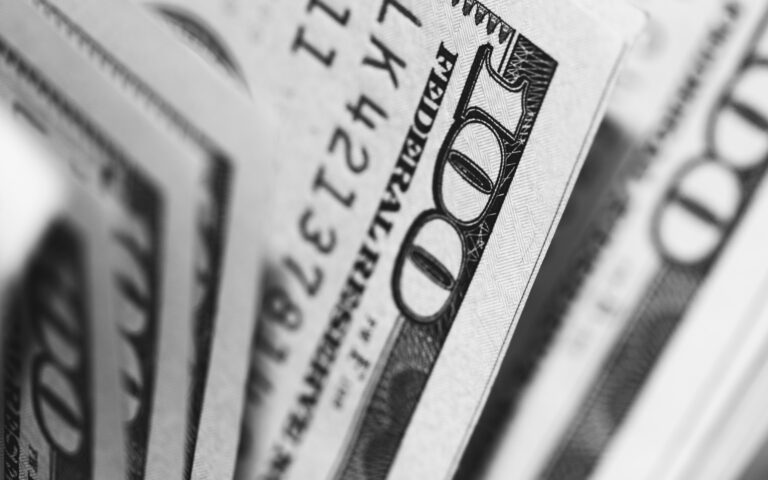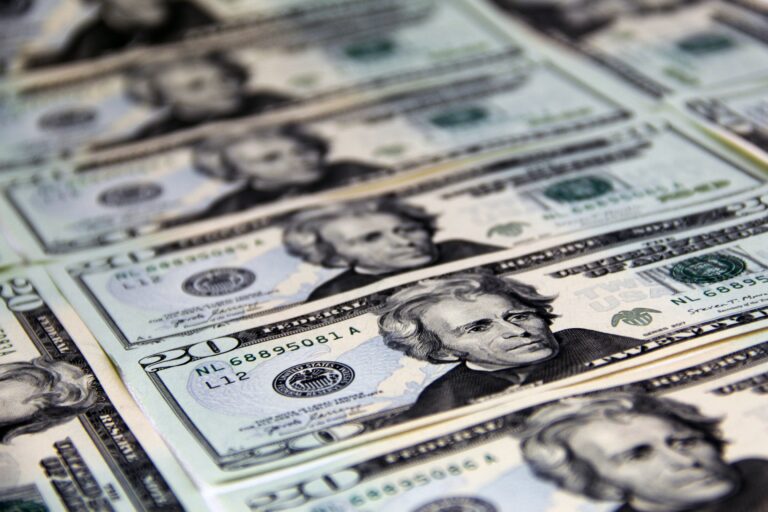
Morning Brief – Governor
GBP has been on a winning streak this week, re-testing 32-month highs versus the US Dollar yesterday. The price level, around the 1.37 mark versus the US Dollar was ultimately rejected once again by markets and GBP sent backing. However, momentum behind the UK pound has not been stalled so much yet as to jeopardise or unwind the recent uptrend. The local currency has been supported by the rise of global commodity currencies this week on the back of firming commodity prices. The expectation of global economic recovery and expansion by Q2/3 this year has led to revised estimates of demand for commodities and therefore the currencies of commodity exporters. The one key element pushing GBP’s performance above the rest of the pack has been comments from Bank of England Governor, Andrew Bailey.
On Tuesday the central bank Governor made his most decisive comments yet on the use of negative interest rates in the UK economy. Fortunately for the value of GBP those comments were particularly pessimistic of their use, citing domestic banking and home owning trends as problematic to their use. The comments forced fixed income markets to make a U-turn. Ahead of the announcement and for most of this year so far markets had been pricing a BoE rate cut into negative territory by the May meeting. That had hampered GBP demand as investors and commercial positions would have to pay for upside exposure to the UK Pound. As a result of Bailey’s speech, the yield curve corrected higher into positive territory for the vast majority of this year. Pushing GBP forward markets lower, the spot market lifted to set GBP on a decisive trend higher.
Momentum was challenged yesterday as markets not only encountered considerable technical resistance in the GBPUSD cross but Covid-19 deaths reached record highs in the UK. Whilst there was some statistical explanation behind the data point, it’s release still fostered pessimism surrounding the UK’s fight with the pandemic. Johnson’s second warning this week about the potential for tighter lockdown restrictions added to Sterling’s setback. Rising infection rates in the US and across much of Europe are also beginning to take their toll on risk conditions once again which could delay Sterling’s next challenge of this important resistance level.
Discussion and Analysis by Charles Porter

Click Here to Subscribe to the SGM-FX Newsletter
Related Insights

Daily Brief – Weren’t Tariffs USD Negative?
Weren’t Tariffs USD Negative? The Dollar proved sensitive to headlines regarding trade during the US overnight session. However, contrary to what many commentaries would have you believe, as the risk of tariffs escalated the Dollar rose. The 90-day pause following Trump’s April ‘liberation day’ tariffs had been set to expire this coming Wednesday. To the […]

Daily Brief – Dollar Reserves
Dollar Reserves With the passing of Trump’s original deadline for the reimposition of liberation day tariffs yesterday, markets have breathed a sigh of relief. July VIX futures continued to slide lower. Moreover, what may surprise anyone who had been expecting the issue of tariffs to resurface following the passing of Trump’s new deadline, so too […]

Daily Brief – Big Girls Don’t Cry
Big Girls Don’t Cry A bond market tantrum and one of the sharpest one day sell offs in Sterling for several years appear to have been catalysed by the Chancellor’s appearance in PMQs yesterday. First: the back story. This Labour government has faced some embarrassment in recent weeks trying to get its welfare bill through […]



 Charles Porter
Charles Porter